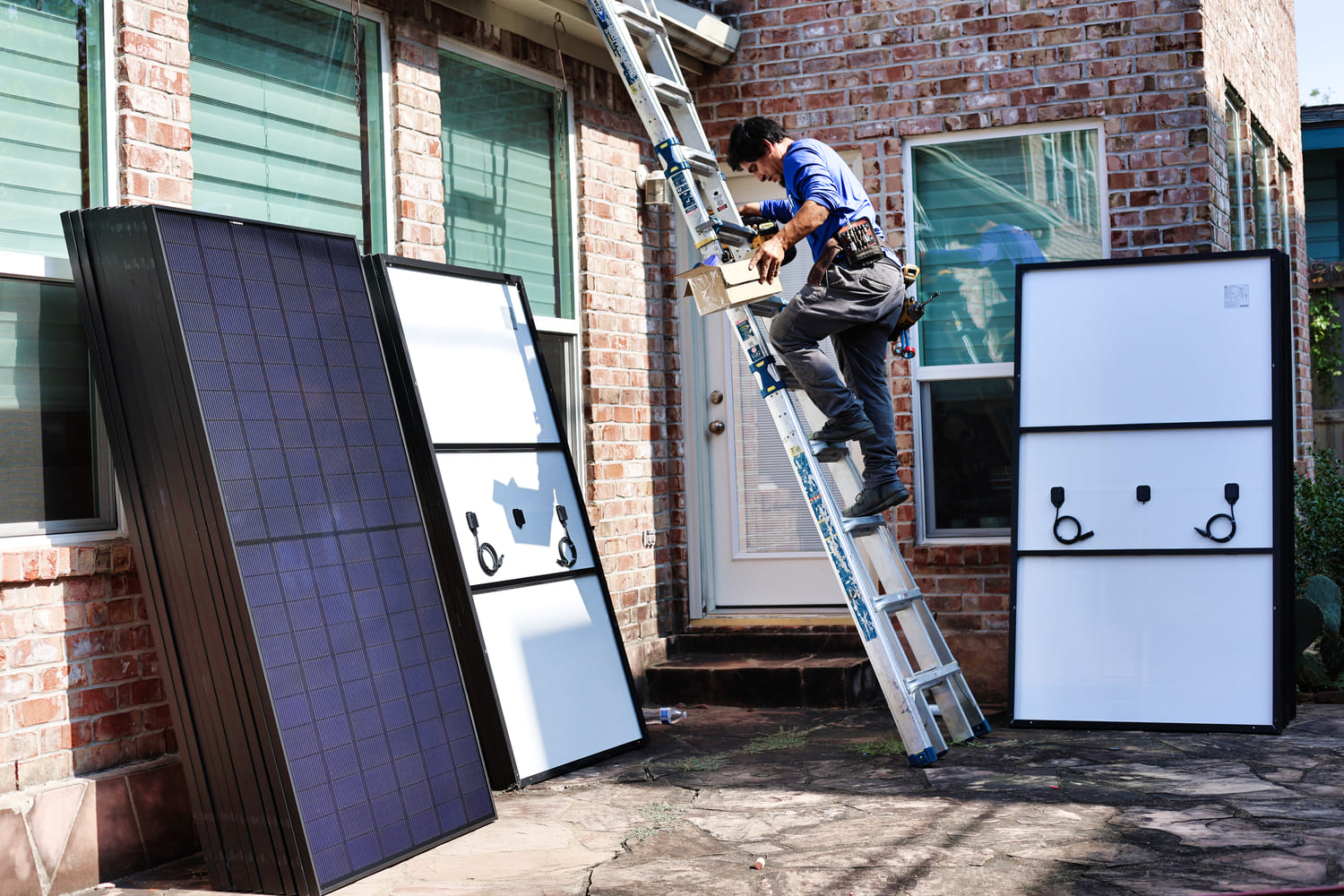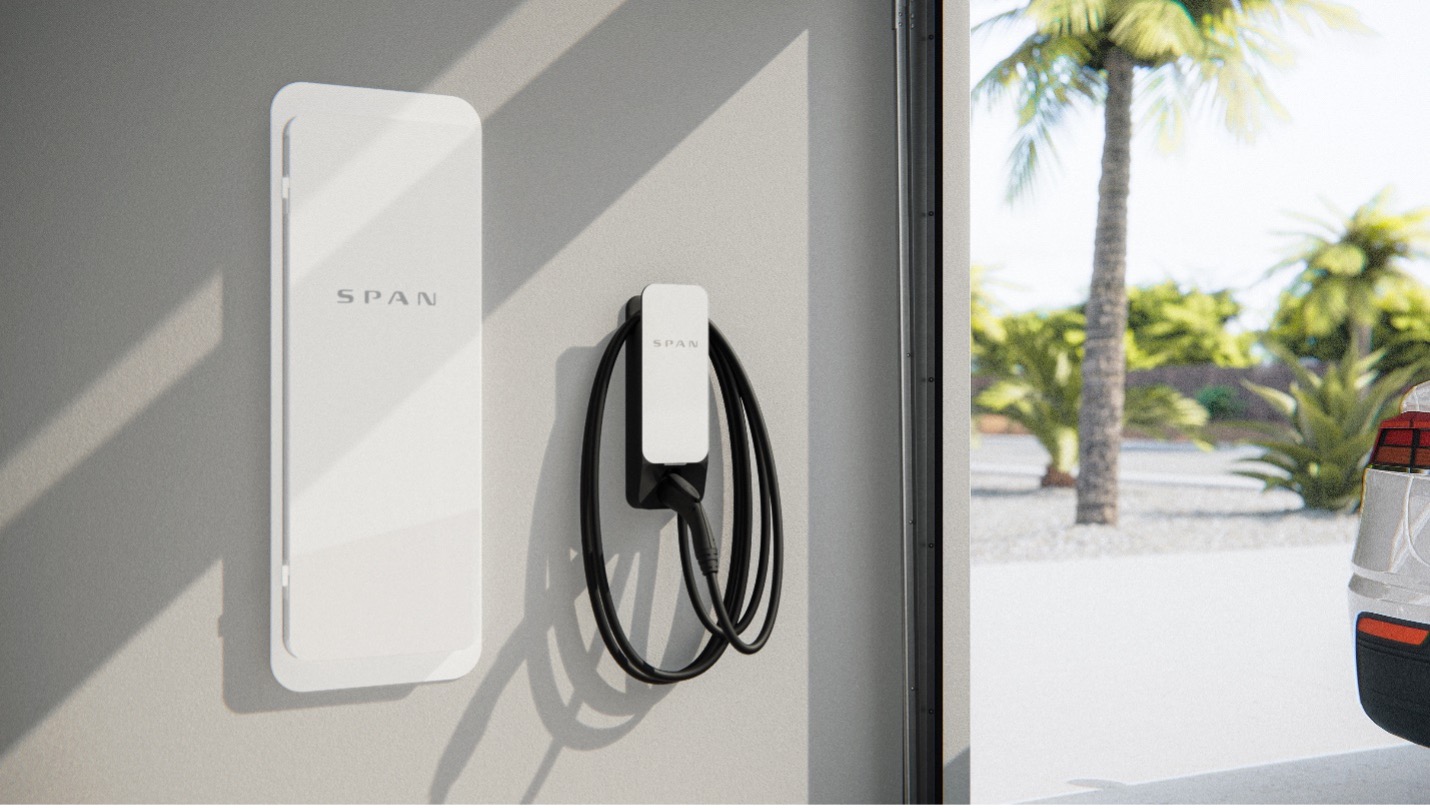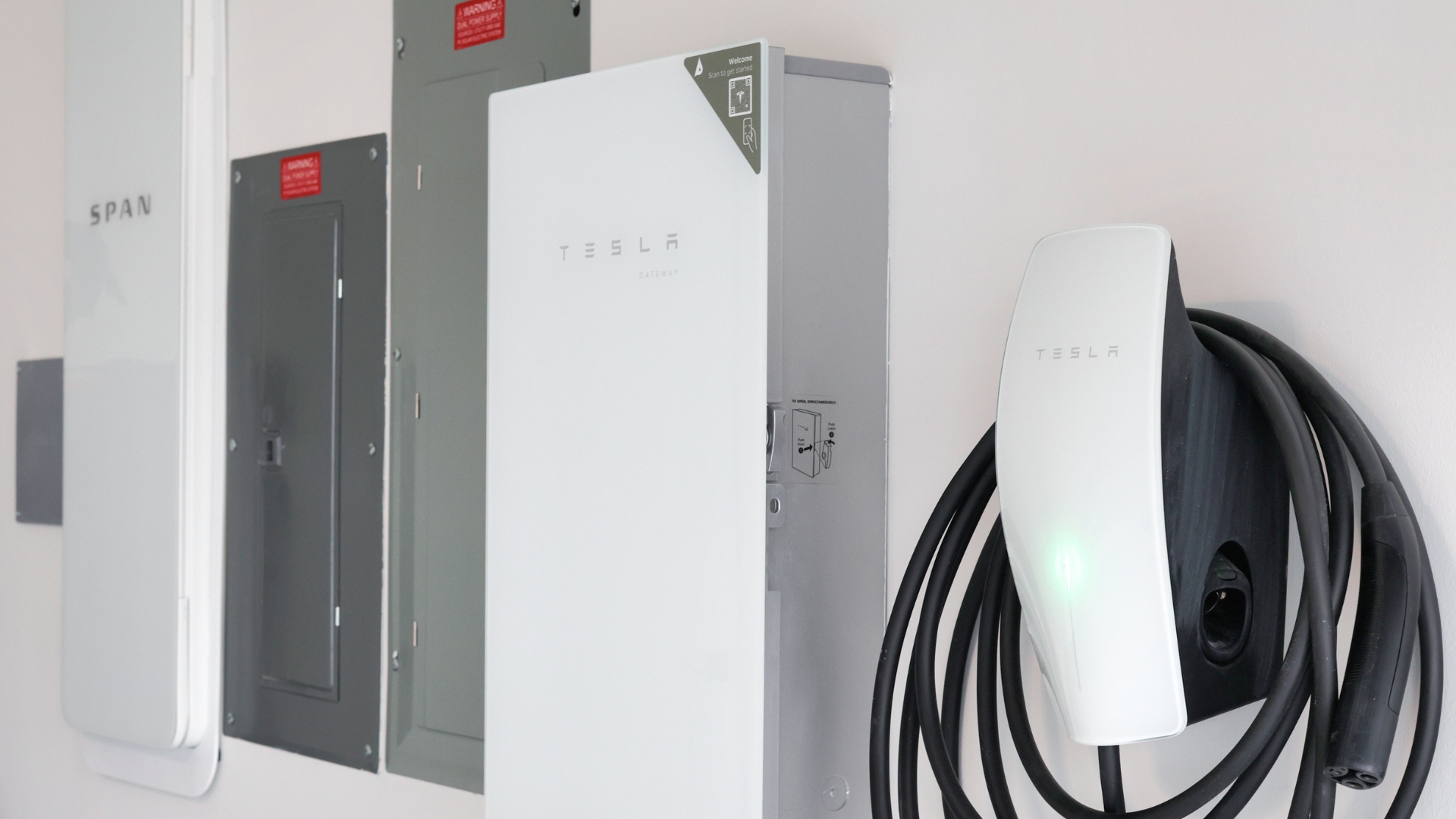Why Solar Panels Recycling is Key to a Sustainable Future?
As Global Recycling Day approaches on March 18th, it’s an ideal time to reflect on sustainability across industries, especially in the growing field of solar energy. While solar power provides a clean, renewable energy source, it’s crucial to consider what happens when solar panels reach the end of their lifespan. Solar panel recycling is vital for minimizing waste, recovering valuable materials, and reducing environmental impact. In this article, we’ll explain the solar panel recycling process, its benefits, and how it contributes to a sustainable future.
Why Solar Panel Recycling Matters
With the widespread adoption of solar energy, many panels installed in the early 2000s are now approaching the end of their 25-30 year lifespan. By 2050, experts estimate that up to 80 million tons of solar panel waste could accumulate globally. Without proper recycling, these panels could end up in landfills, where hazardous materials like lead and cadmium may leak into the environment. Recycling solar panels helps recover valuable materials like glass, aluminum, copper, and silver, reducing the need for mining new resources and preventing contamination of soil and water.
Not only that, but proper recycling also supports the growing global trend of adopting regulations for solar waste management, like the European Union’s WEEE Directive, which mandates the recycling of electronic waste, including solar panels. As these laws expand worldwide, solar panel recycling will be essential for compliance and environmental protection.
The Solar Panel Recycling Process
However, the real question is, how can you recycle solar panels? The solar panel recycling process involves several stages that are designed to recover valuable materials and safely dispose of hazardous components. Here’s an overview of the key steps involved:
1. Disassembly of Solar Panels
The first step in solar panel recycling is disassembling the panel. This involves removing the aluminum frame, junction box, and glass. The glass is sent for recycling, while other components are processed further for material recovery.
2. Material Separation
Next, the solar cells, typically made of silicon, are extracted. Valuable materials like silver, copper, and rare earth metals are separated for reuse in manufacturing new panels or other electronic products.
3. Material Recovery
The extracted materials are then purified and repurposed. Recycled glass can be melted down for use in new solar panels or other glass products. Silicon wafers are refined and reused in the production of new photovoltaic cells, while metals like copper and silver are utilized in new electronics or solar panels. Hazardous materials, like lead, are carefully managed to ensure they do not harm the environment.
4. Repurposing and Reuse
The materials recovered from solar panel recycling can be used not only for solar panel manufacturing but also in industries like electronics, construction, and automotive manufacturing. This promotes a circular economy, where valuable materials are continually recycled rather than discarded.
The Benefits of Solar Panel Recycling
Now that we’ve explored how solar panel recycling is done and why it’s important, let’s break down the specific benefits behind it. From environmental preservation to economic growth, the advantages of solar panels recycling extend far beyond just waste management. Here’s a closer look at how this process positively impacts our planet, economy, and the future of renewable energy.
1. Reducing Environmental Footprint
By ensuring that solar panels are recycled, we can significantly reduce pollution and the environmental impact of solar waste. Proper recycling prevents harmful materials from entering landfills, which helps protect soil and water resources.
2. Lowering Manufacturing Costs
The recovery and reuse of materials from solar panels significantly lower production costs, making solar energy more affordable for homeowners and businesses. This cost reduction encourages further adoption of solar technology.
3. Conserving Natural Resources
Recycling valuable materials like silicon, silver, and copper reduces the need for resource extraction, conserving these essential materials for future generations and minimizing environmental damage from mining.
4. Supporting Job Creation
The solar panel recycling industry is rapidly growing, creating new job opportunities in both the renewable energy and waste management sectors. As more solar panels reach the end of their lifespan, the demand for recycling services will continue to increase, offering economic benefits to communities worldwide.
5. Fostering Innovation
As solar panel designs evolve, future models are becoming easier to recycle. Research into sustainable materials and recycling technologies will continue to improve the efficiency of solar panel recycling, ensuring solar energy remains a truly green energy source.
Challenges in Solar Panel Recycling
While the benefits of solar panel recycling are clear, several challenges still exist. The cost of recycling is currently higher than disposal due to the complex process and the need for specialized facilities. However, as technology advances and recycling regulations become more widespread, these costs are expected to decrease. Another challenge is the lack of recycling infrastructure in some regions, which makes responsible disposal difficult. Expanding recycling networks globally and establishing standardized practices will help overcome these hurdles, ensuring solar panel recycling becomes a universal practice.
To wrap up, solar panel recycling plays an essential role in protecting the environment and supporting the continued growth of renewable energy. At Solstice Solar, we are committed to partnering with manufacturers who prioritize recycling and responsible end-of-life management for their products, helping to build a more sustainable solar energy industry.
As we celebrate Global Recycling Day, we invite you to join us in promoting sustainability. What actions are you taking to support solar panel recycling and reduce waste in your community? Share your efforts with us on social media, we’d love to hear from you!







